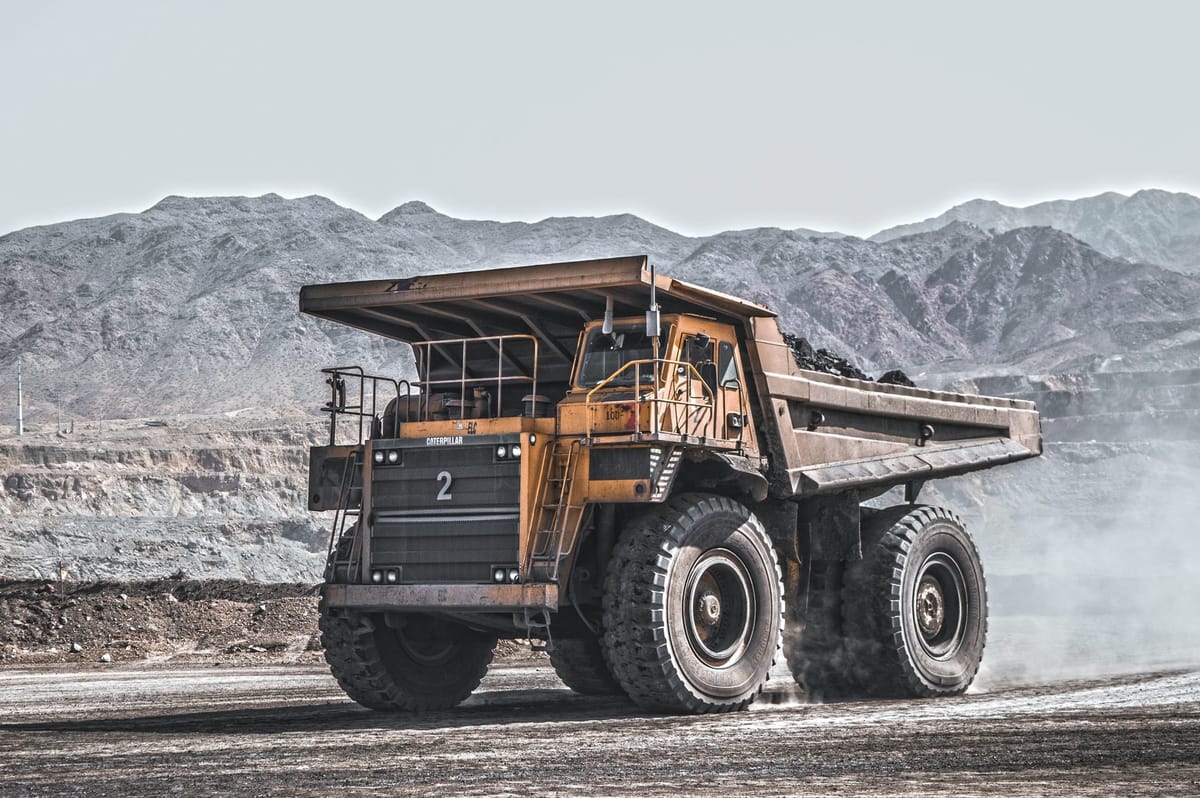The Promise of Arctic Resources

The Arctic is rapidly becoming a priority for nations across the world as receding Arctic ice makes the region more accessible due to climate change. The Arctic is heating up at two times the global average unlocking previously untouched deposits of critical minerals and fossil fuels, in addition to making shipping routes traversable year-round.
With the economic value of the Arctic rapidly increasing countries are investing in their armies' ability to operate in the harsh conditions of the high north to protect their sovereignty in once neglected territory.
Spurred on by revisionist states such as China and Russia, NATO allies are urgently increasing their military budgets with specific attention given to Arctic capabilities.
With ever-increasing tensions in a resource-hungry world, it is not outside the realm of possibility that the next great power conflict could unfold in the Arctic.
Why does the Arctic matter?
The Arctic is becoming an important factor in geopolitics, yet many are left wondering: why is the region so important?
First of all, the Arctic is rich in resources and unlike a majority of the Earth, the region has remained untouched. The unforgiving condition of the Arctic has kept it mostly uninhabited and unindustrialized as the cost to maintain an active presence in the region heavily outweighed any benefits.
However, more opportunities arise as the world heats up and Arctic ice recedes. For example, Arctic shipping, which is typically only possible for a few months a year during the summer, is becoming viable for a longer period. Russia's Northern Sea Route makes shipping possible from East Asia to Europe at nearly two times the speed.
A one-way trip through the Suez Canal from a port in Yokohama, Japan, to Murmansk, Russia, would take about a month and travel roughly 12,800 nautical miles (or just over 23,500 km). However, the same trip using the Northern Sea Route would take less than two weeks and under 5,800 nautical miles (or 10,500 km). Of course, traveling through the Arctic presents other challenges, but the potential economic benefits that could come with cutting the journey and the fuel needed to make that trip nearly in half are extremely attractive.

Furthermore, as the Arctic warms up industrializing and populating the region becomes easier which would allow mining sites and towns to flourish. Critical mineral reserves such as copper, zinc, cobalt, nickel, and many others, have been found in large supply all across the Arctic. These materials are essential for modern technology such as computing, electric batteries, and of course in a variety of military applications.
Mining operations in the Arctic are already underway and have been for several decades, but resource extraction projects are becoming more commercially viable as potential risks continue to decrease. For instance, multiple Canadian and foreign companies are increasing their lobbying efforts to acquire mining and exploration rights in certain areas of northern Canada.
In addition to critical minerals, the Arctic has an estimated 160 billion barrels of oil reserves (about 10 percent of the world's total) and 30 percent of the world's undiscovered natural gas deposits.
Already countries are staking claims to territory and disputing the claims of other nations. In December 2023, the U.S. published a map showcasing what they believe to be their claim to the Arctic, which Russia quickly rejected as it believes the U.S.'s claim violates their territory.
There are already examples of projects underway above the Arctic Circle:
- Oil and Gas: Several companies are exploring the potential for oil and gas reserves in the Arctic, including Exxon-Mobil, Shell, and Gazprom. Russia, in particular, is investing heavily in Arctic oil and gas exploration. Although Novatek's Arctic LNG 2 project has faced multiple setbacks due to Western sanctions, it is in its final construction phases and is already producing and exporting. Meanwhile, the U.S. recently approved the Willow project, an oil drilling project by ConocoPhillips, which is set to be constructed on Alaska's northern shore.
- Mining: There are several mining projects underway in the Arctic, such as the Baffinland Iron Mines Corporation's Mary River mine in Canada and the Nornickel mining company's operations in Russia. These mines extract minerals such as iron, nickel, and copper.
- Renewable Energy: There is also interest in developing renewable energy sources in the Arctic, such as wind and hydroelectric power. Norway, for example, has several wind farms in the Arctic. The vast open space of the Arctic allows for major projects to be constructed there.
While the Arctic presents unique risks and challenges, these are only temporary concerns. As the region becomes increasingly accessible, the benefits will be too lucrative to ignore and heavily outweigh any negatives. Inter-state competition is surely to follow as we are already seeing Arctic arms races in their early stages. The Arctic region is a floodgate that has been opened and can not be shut. Now we can only observe and hypothesize how the region will develop and grow, and if tensions will grow so strained that it leads to a conflict between nations.
That is where The Arctic Pod comes in, follow our work to stay on top of the most important geopolitical developments of the region as they happen. Here you will find updates on the latest Arctic news and be able to read analysis and insight as nations prepare to claim their stake in the Arctic.

